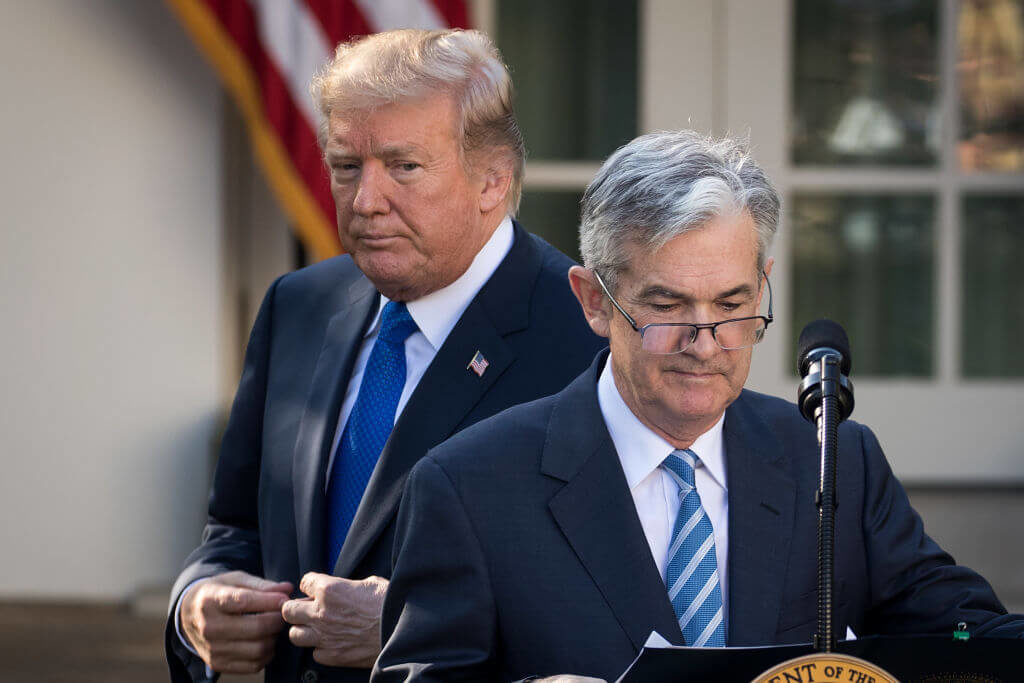President Donald Trump continued assailing the Federal Reserve on Wednesday in a trio of tweets, saying the “USA should always be paying the lowest rate” and we are missing the opportunity of a lifetime because of the “Boneheads” at the U.S. central bank.
….The USA should always be paying the the lowest rate. No Inflation! It is only the naïveté of Jay Powell and the Federal Reserve that doesn’t allow us to do what other countries are already doing. A once in a lifetime opportunity that we are missing because of “Boneheads.”
— Donald J. Trump (@realDonaldTrump) September 11, 2019
Central banks around the world such as the European Central Bank, the Swiss National Bank and the Bank of Japan have below-zero rates as a means to make loans more enticing to stimulate their sluggish economies.
The Fed’s current benchmark rate is between 2% to 2.25% after the first rate cut in more than a decade — when we were embroiled in the great recession — back in July.
With fears of a recession growing and Trump reportedly trailing several top Democrats in early polling (if you believe polling), it looks like the president is simply trying to goose the economy ahead of the election. Trump has repeatedly slammed the Fed and its Chair Jerome Powell for raising rates too quickly, and then not cutting them fast enough.
The Federal Open Market Committee is scheduled to meet again Sept. 17-18, when it is projected to cut rates another 25 basis points (0.25%). Though, according to a Bloomberg survey, few see rates falling back to zero within the next couple of years.
Fed officials reportedly balked at cutting rates below zero during the Great Recession because the thought is it would hurt banks rather than help them. Questions also remain about whether the Federal Reserve Act even allows the central bank to set negative interest rates.
Lower interest rates are generally reserved for when the economy is in or nearing a recession, which makes the president’s repeated calls for such low rates now particularly unusual. If the economy is as great as we’ve all been led to believe, then why the need for historically low rates, Moody’s Analytics Chief Economist Mark Zandi asked.
“The question you have to ask yourself is, if we go down to zero and we actually experienced a recession, then what?” he said.
Editor’s note: Should the Fed deploy recession-era monetary policy while the economy is supposedly great and why? What if a recession hits with rates already at or near zero, and should the Fed go with negative rates?
